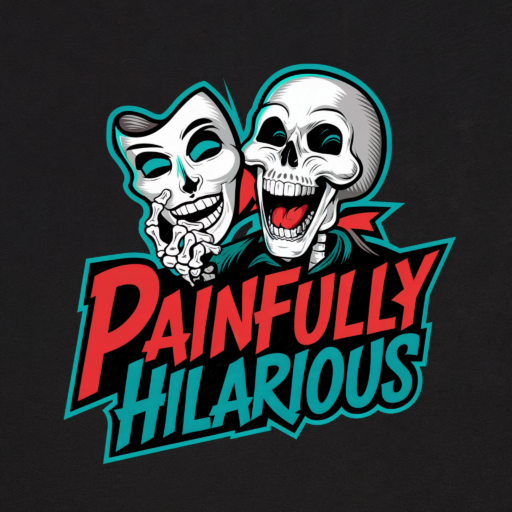In the vast, murky waters of chronic pain management, holistic techniques emerge as the mystical voodoo—minus the dolls and curses—that might just bring relief. But what exactly is behind these seemingly magical remedies, and can they genuinely help, or are they just smoke and mirrors? Let’s dive in.

The Holistic Spellbook: Not Just Witchcraft
The realm of holistic pain management is like a modern-day potion shop, offering everything from acupuncture to aromatherapy, and yoga to meditation. These methods might sound like they’re pulled from a fantasy novel, but there’s real science to back them up. Research has shown that integrating these practices can significantly alleviate pain by addressing not just the physical symptoms but also the mind and spirit.
Acupuncture: Needles for Something Other Than Sewing
First up, acupuncture—yes, willingly letting someone stick needles in you. Far from a medieval torture technique, acupuncture has been recognized for its effectiveness in reducing various types of chronic pain. By targeting specific points on the body, it’s thought to trigger the nervous system to release chemicals that dull pain, boost the immune system, or regulate the body. So, while it might look like a porcupine ritual, it’s a scientifically supported one.
Meditation: More Than Just Omm-ing
Then there’s meditation, which might conjure images of monks floating in serene tranquility. While you might not levitate, incorporating meditation into your pain management routine can ground you more than you’d expect. Meditation practices can alter brain responses to pain by reducing activity in pain-processing areas and enhancing concentration on pain reduction. It’s like turning down the volume knob on your pain signals.
Yoga: Twisting into Pain Relief
Yoga, more than just an exercise for flexible people, is a comprehensive approach that combines physical postures, breathing exercises, and meditation. Studies have shown that yoga helps reduce pain intensity, improve functional capacity, and decrease the psychological distress caused by chronic pain. It’s essentially teaching your body to chill out and manage pain better.
Aromatherapy: Not Just Pleasant Smells
Sniffing your way to pain relief might sound absurd, but there’s a method to the madness. Aromatherapy uses essential oils that can influence the areas of the brain responsible for controlling mood and emotion. Certain scents can trigger the release of endorphins and serotonin, providing a fragrant escape from the clutches of pain.
The Potions and Lotions: Herbal Remedies
Lastly, the witches’ brews of the holistic world—herbal remedies. From turmeric lattes to CBD oils, these natural concoctions are gaining scientific backing for their anti-inflammatory and pain-relieving properties. They’re not just grandma’s old wives’ tales; they’re becoming part of validated pain management protocols.
A Pinch of Reality with Your Magic
While holistic approaches can offer significant benefits, they are not standalone cures. They work best when integrated with conventional medical treatments, offering a complementary approach that treats the mind, body, and soul. This integrative method can enhance the effectiveness of traditional treatments, providing a more comprehensive approach to pain management.
Embracing holistic pain management techniques isn’t about rejecting modern medicine. Instead, it’s about enriching your arsenal in the battle against chronic pain with every tool available—even if some of those tools seem to come straight out of a sorcerer’s handbook. After all, when it comes to fighting pain, a little bit of voodoo might just do you good.
Sources-
NIH: Use of Complementary Health Approaches for Pain Management
ScienceDaily: Early Identification of Persistent Pain and Holistic Interventions
